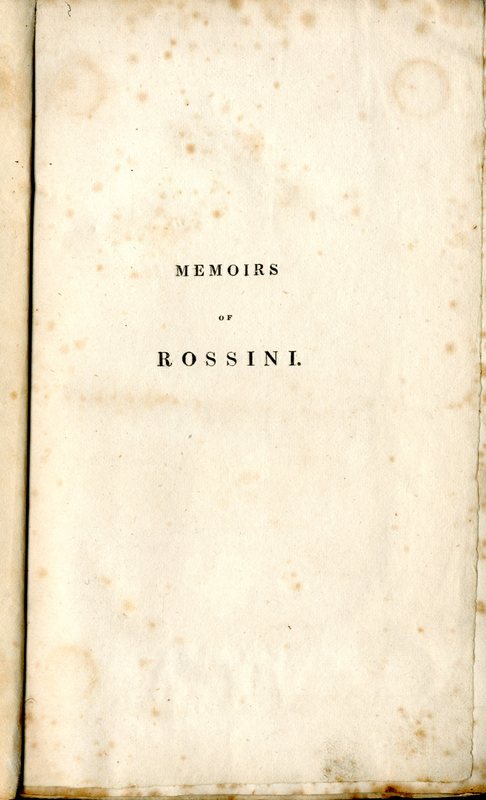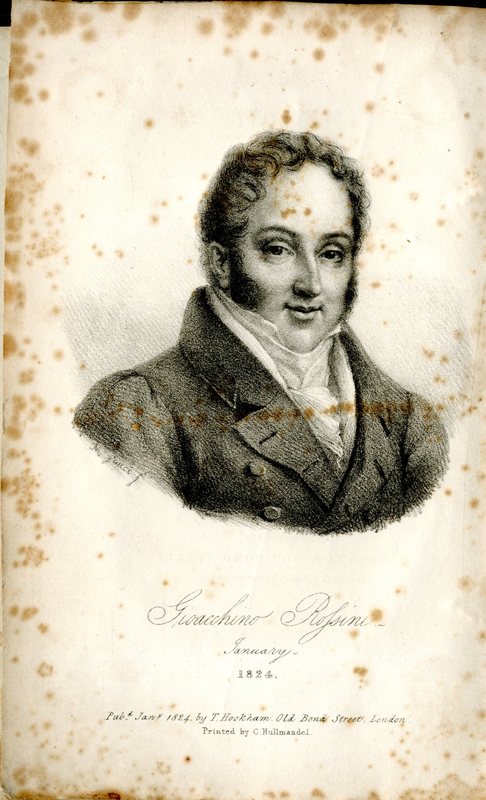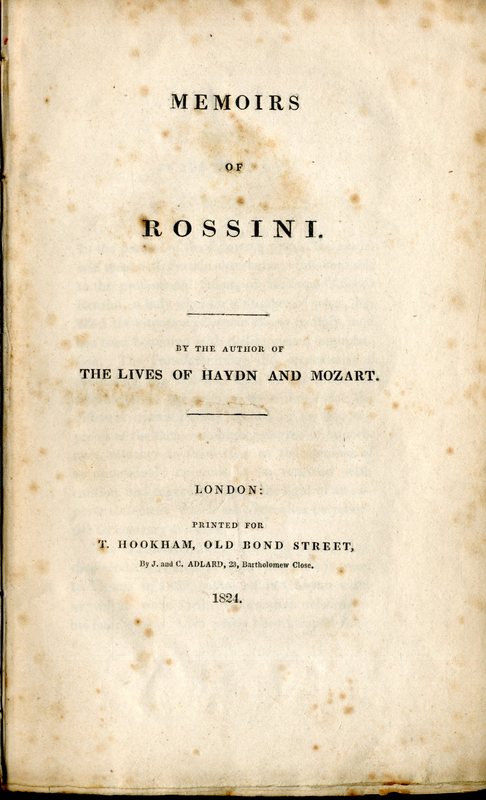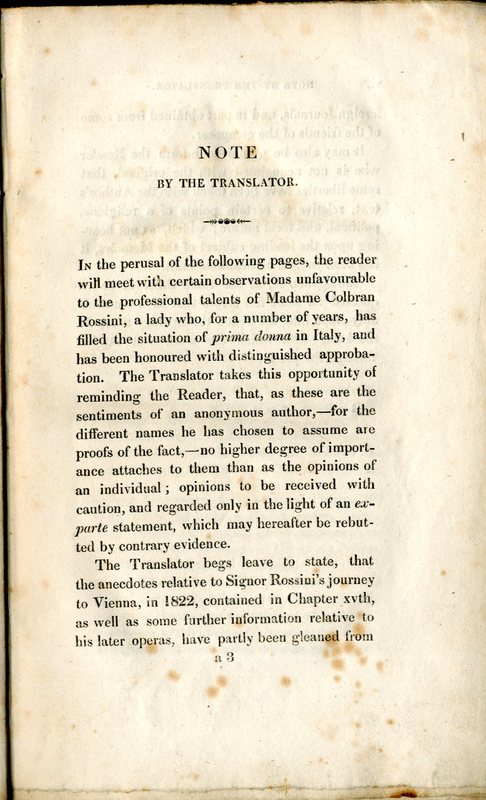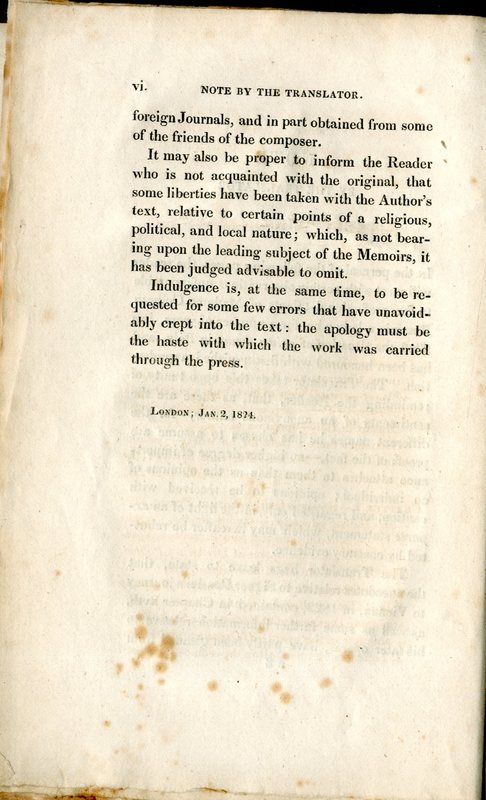Marie-Henri Beyle (1783 – 1842), better known by his pen name Stendhal), was a 19th-century French writer. Known for his acute analysis of his characters' psychology, he is considered one of the earliest and foremost practitioners of realism, as is evident in the novels Le Rouge et le Noir (The Red and the Black, 1830) and La Chartreuse de Parme (The Charterhouse of Parma, 1839).
Stendhal was an avid fan of music, particularly the works of the composers Cimarosa, Mozart and Rossini. His biography of Rossini, Vie de Rossini (1824), is now more valued for its wide-ranging musical criticism than for its historical content.
http://en.wikipedia.org/wiki/Stendhal
http://www.britannica.com/EBchecked/topic/565258/Stendhal
Gioachino Antonio Rossini (1792 – 1868) was an Italian composer who wrote 39 operas as well as sacred music, chamber music, songs, and some instrumental and piano pieces.
His best-known operas include the Italian comedies Il barbiere di Siviglia (The Barber of Seville) and La Cenerentola, and the French-language epics Moïse et Pharaon and Guillaume Tell. A tendency for inspired, song-like melodies is evident throughout his scores, which led to the nickname "The Italian Mozart".
According to the Oxford History of Western Music, "Rossini's fame surpassed that of any previous composer, and so, for a long time, did the popularity of his works. Audiences took to his music as if to an intoxicating drug – or, to put it more decorously, to champagne, with which Rossini's bubbly music was constantly compared."
Rossini took existing operatic genres and forms and perfected them in his own style. Through his own work, as well as through that of his followers and imitators, Rossini's style dominated Italian opera throughout the first half of the 19th Century.
In his compositions, Rossini plagiarized freely from himself, a common practice among deadline-pressed opera composers of the time. Few of his operas are without such admixtures, frankly introduced in the form of arias or overtures. Moreover, four of his best known overtures (La cambiale di matrimonio, Tancredi, La Cenerentola and The Barber of Seville) share operas apart from those with which they are most famously associated.
A characteristic mannerism in Rossini's orchestral scoring is a long, steady building of sound over an ostinato figure, creating "tempests in teapots by beginning in a whisper and rising to a flashing, glittering storm,"[20] which earned him the nickname of "Signor Crescendo".
A few of Rossini's operas remained popular throughout his lifetime and continuously since his death; others were resurrected from semi-obscurity in the last half of the 20th century, during the so-called "Rossini Renaissance".
http://en.wikipedia.org/wiki/Gioachino_Rossini
Chronological list of the works of Gioacchino Rossini: p.282-287
